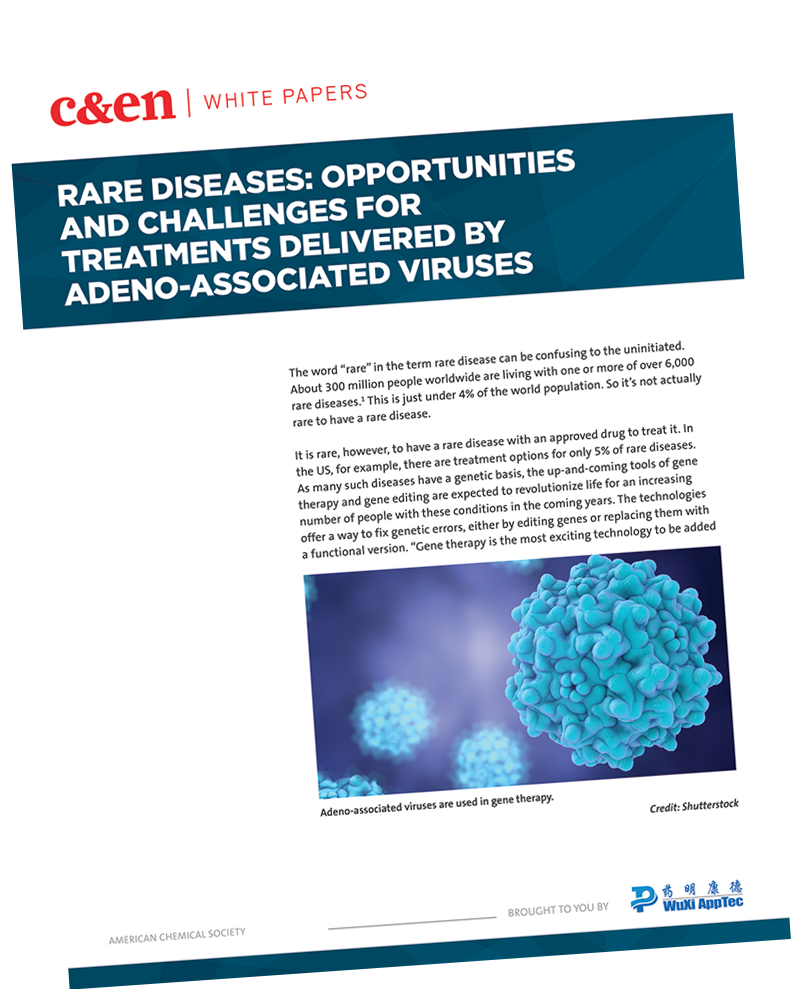
Rare diseases: opportunities and challenges for treatments delivered by adeno-associated viruses
Brought to you by WuXi AppTec
Overview
Gene therapy and gene editing are expected to revolutionize life for an increasing number of rare-disease patients in the coming years. The adeno-associated viruses (AAVs) are being used as delivery vehicles by many pharmaceutical and biotechnology companies for the delivery of replacement genes and gene editing tools inside patients’ bodies. To date, three AAV therapies have achieved marketing approval and these viruses have also been used in almost 300 clinical trials.
However, AAVs aren’t currently the perfect delivery vehicles in every situation and research efforts are ongoing to address challenges associated with their small size, efficacy, and safety concerns.
Key Objectives:
- Nearly 4% of the global population has one or more rare diseases. Most of these have no approved treatment options. Many rare diseases have a genetic basis; gene therapy and gene editing tools offer a way to fix genetic errors.
- Viruses – especially adeno-associated viruses (AAVs) – are being utilized for the targeted delivery of replacement genes and gene editing tools inside the body.
- To date, three AAV-based gene therapies have achieved marketing approval and these viruses have also been used in almost 300 clinical trials (including those using CRISPR-Cas 9 gene editing tools).
- The AAV viruses are not the perfect delivery vehicles for every situation. Researchers are working to resolve challenges posed by limits of the size of cargo they can carry, low efficacy in patients with natural immunity to the viruses and potential safety concerns.
Brought to you by:


Please complete the form to download the white paper.
*By submitting this form, you agree to receive more information on related products and services from the American Chemical Society (ACS Publications) and its sponsor via email. ACS takes your privacy seriously. For more information, please see the ACS Privacy Policy .
Copyright © 2025 American Chemical Society | 1155 Sixteenth Street NW | Washington, DC 20036 | View our Privacy Policy